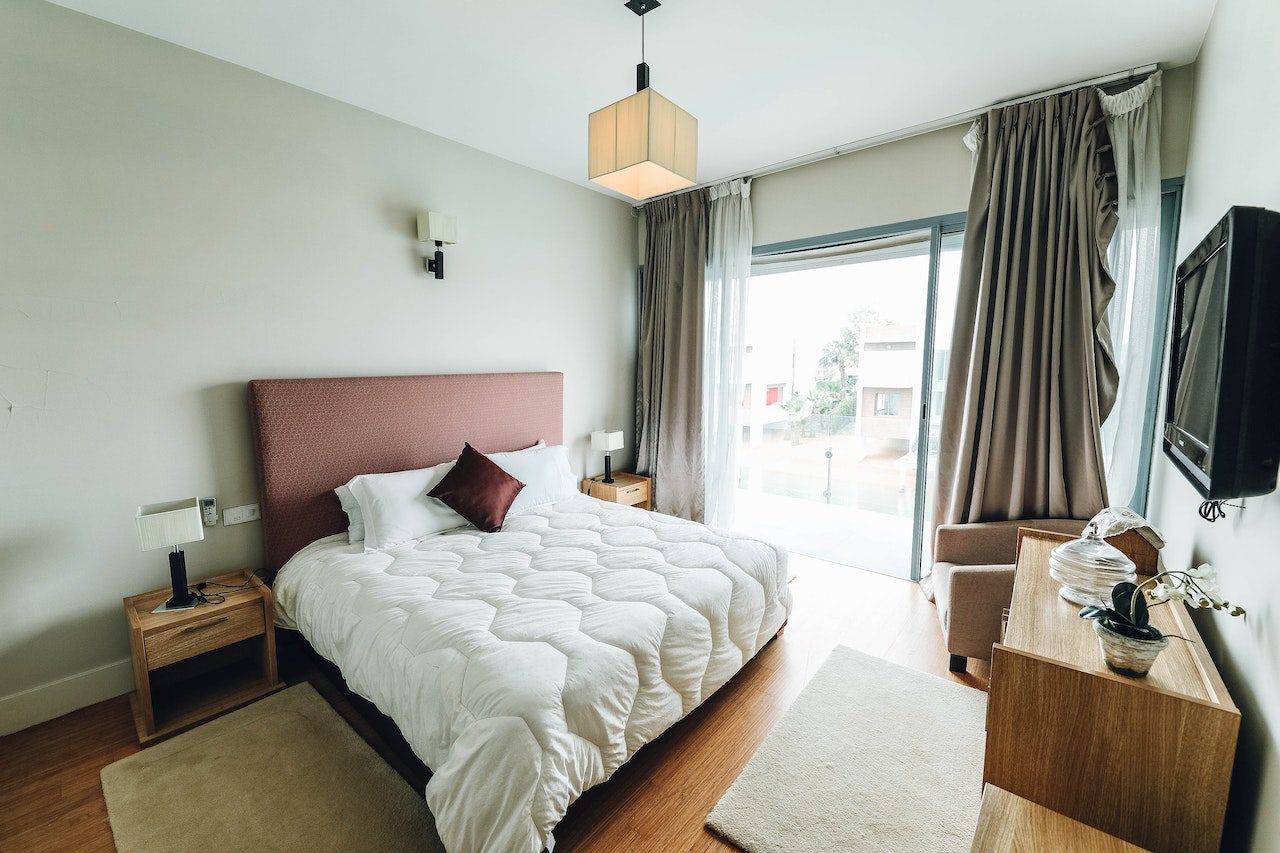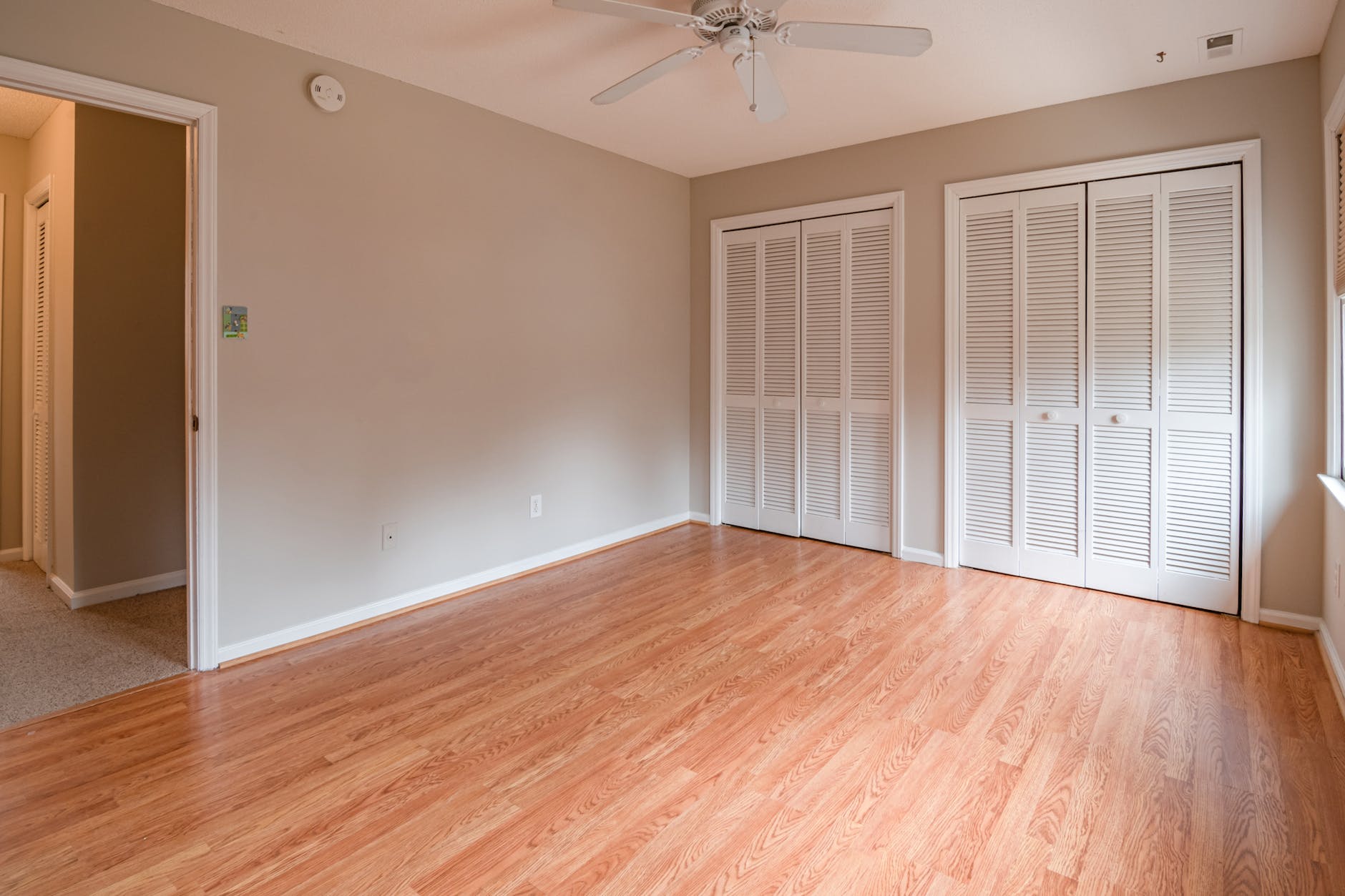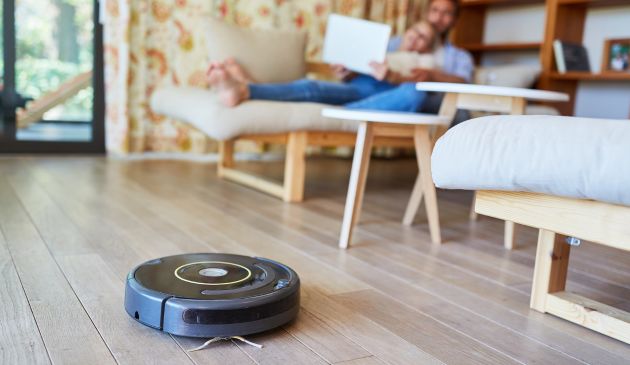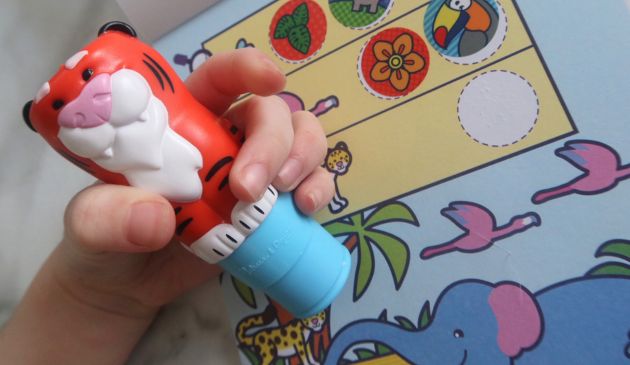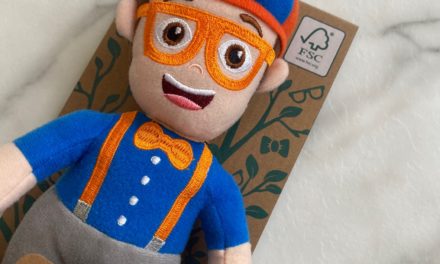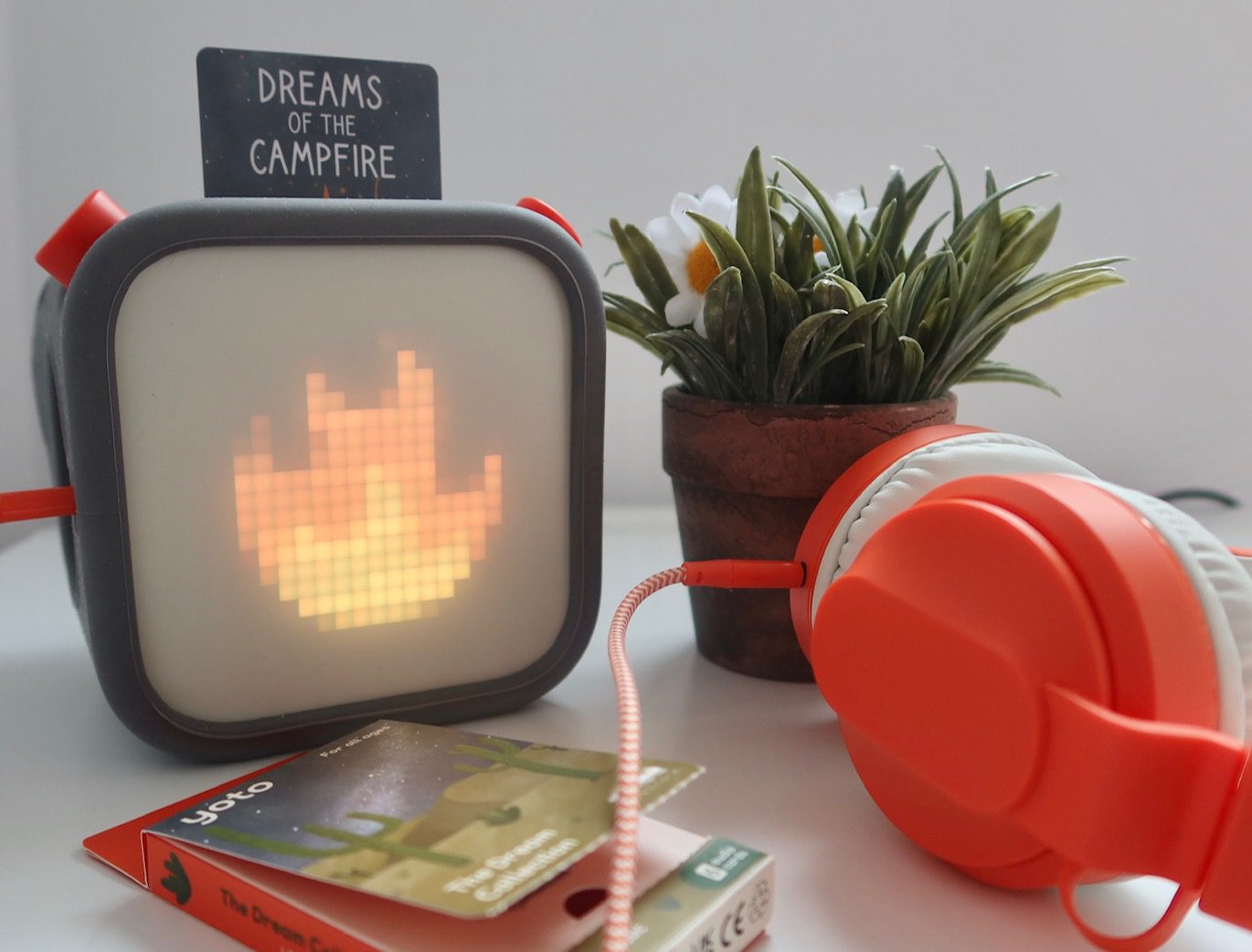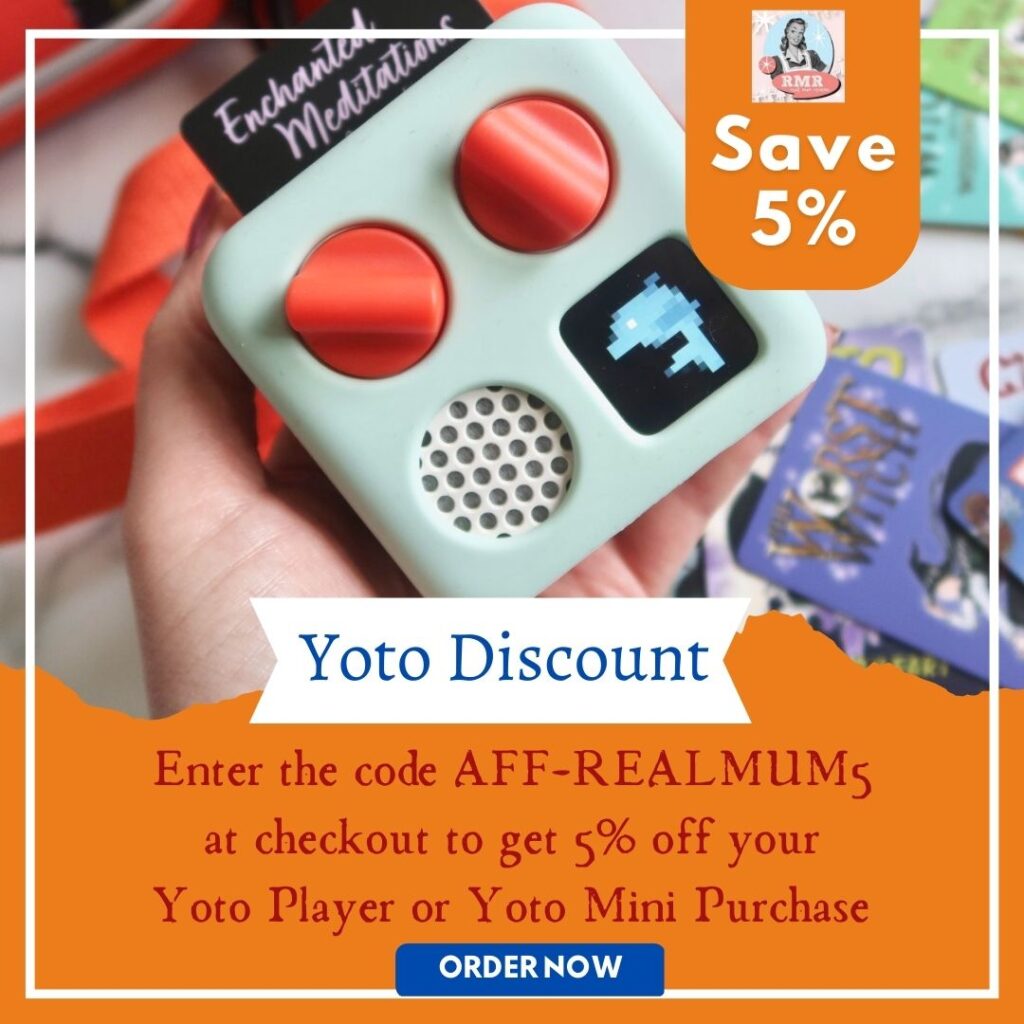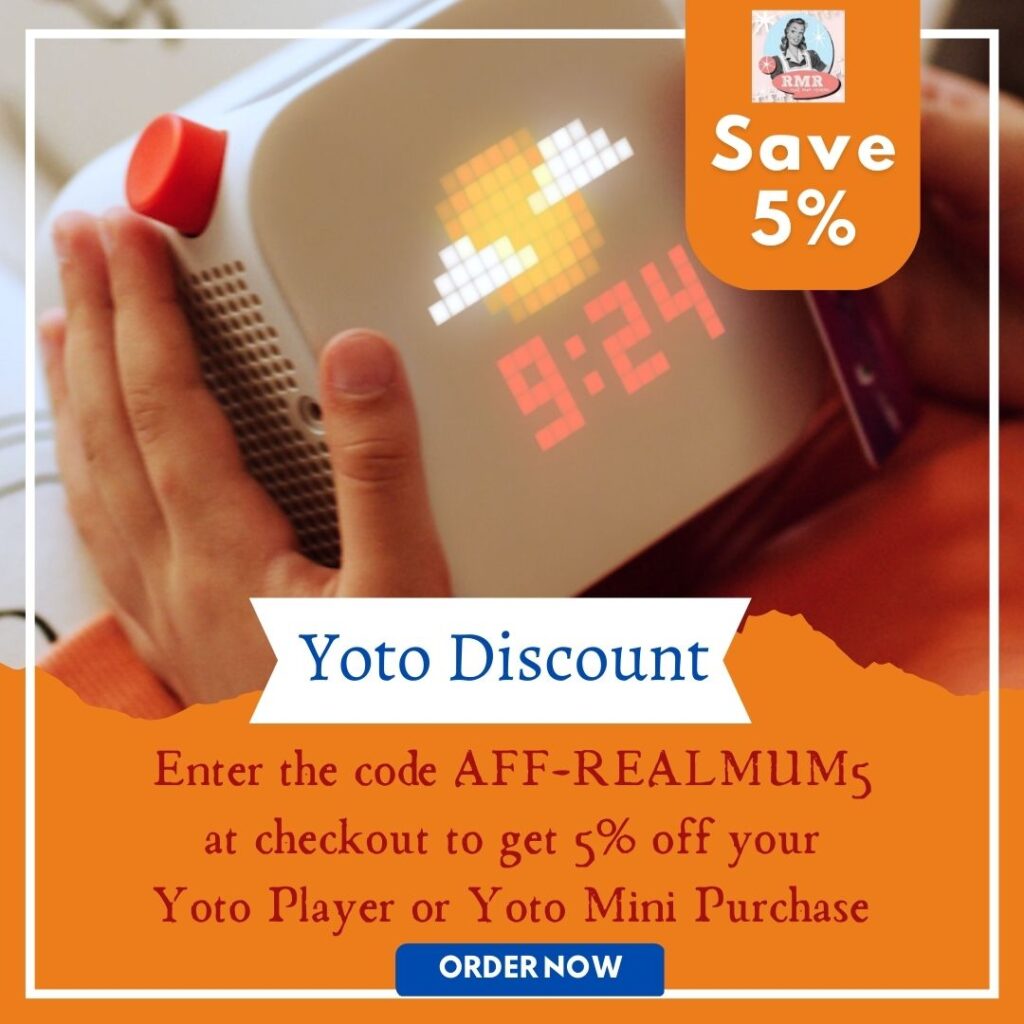
Yoto vs Tonie Comparison – Which is best?
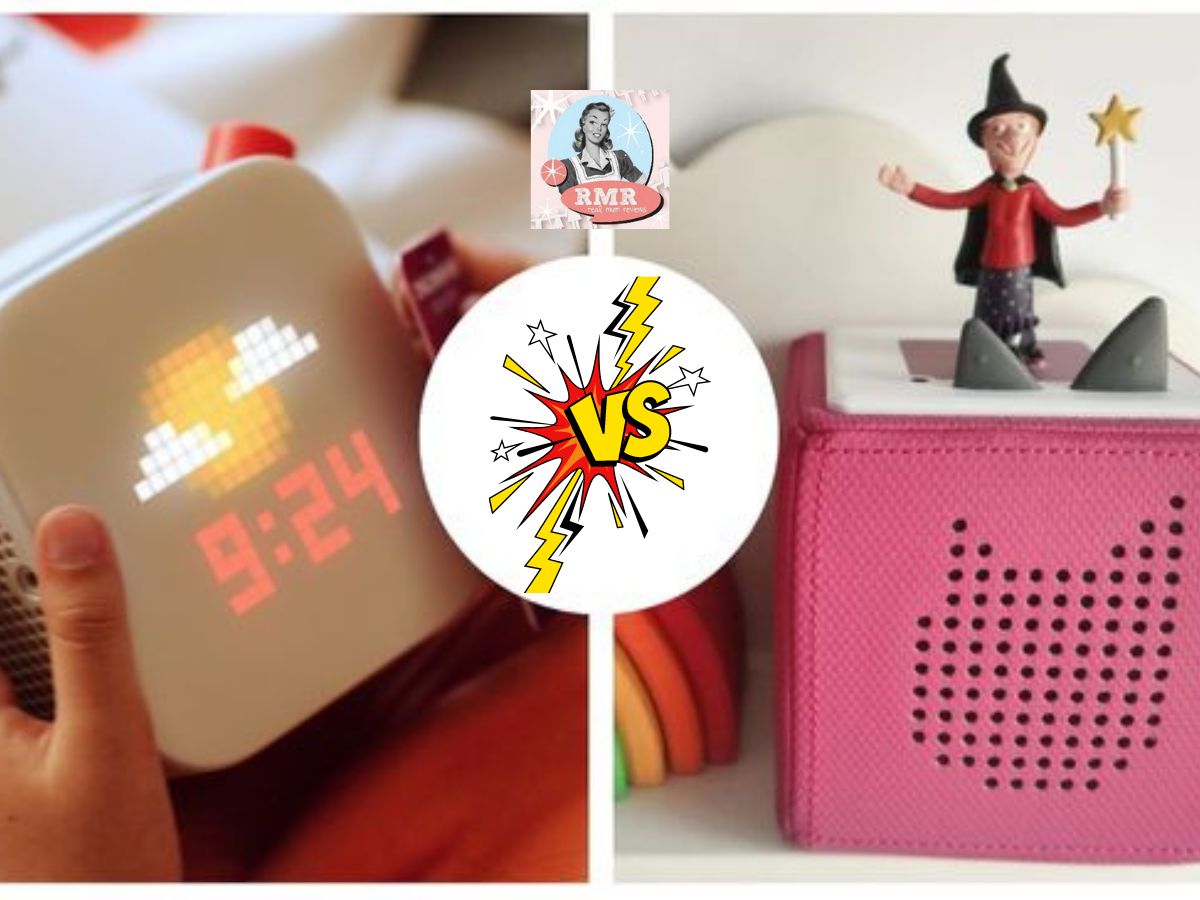
AD – This Yoto vs Tonie comparison includes items previously gifted. Contains affiliate links
Growing up in a technological world, so much of our children’s learning and play are based around a screen. As such, it can be hard to find screen free entertainment for children that really engages and captivates them in the same way. In an attempt to find alternatives to tablets and computer screens, children’s music players and kid friendly audio players have grown hugely in popularity over recent years. A safe, child friendly and immersive experience, these kids music players and audio players are a great way for children to listen to books, songs, podcasts and radio whilst using their imagination and becoming more independent as a result.
The two main players in the kids audio player world are Yoto or Tonies – with the Yoto Player (3rd generation), Yoto Mini and Tonies Toniebox being popular choices by parents, loved by kids all across the UK and further afield. But in a Yoto vs Tonie battle who would win the prize? Which is better for younger children – Toniebox or Yoto Player? If you’re struggling to decide between the Toniebox vs Yoto, we’ve done the research to help. What follows below is a side-by-side comparison of the Yoto 3rd Generation Player and the Tonies Toniebox, considering everything from battery life, sound quality, ease of set up, choice of content, cost and ease of use to see which comes out top in the Yoto vs Tonie battle for the best kids audio player.
You can also make the most of our exclusive Yoto discount code which will give you 5% off a Yoto Player or Yoto Mini

Looking for a Yoto Discount?
Get 5% off a Yoto Player or Yoto Mini using our exclusive code.
Simply add to your basket and enter the code AFF-REALMUM5 at checkout!
B
We’ve been sharing honest reviews of parenting and children products and services at Real Mum Reviews since I started maternity leave in May 2013. We pride ourselves on providing detailed, thorough and impartial reviews and aim to answer the questions that parents really want to know when making those all-important purchase decisions. We promise to provide honest, impartial and genuine verdicts of our experience including our views on the pros and cons of each product we test. We own both the Yoto Player (and Yoto Mini) and the Tonies Toniebox and have two young children aged 9 and 6. Both products have been thoroughly used and tested in our home so we are able to do a full Toniebox vs Yoto comparison on the best kids music player you can buy today.
What is the Tonies Toniebox?
The Toniebox is a child friendly, wifi-enabled speaker and audio player with cushioned sides recommended for children aged 3 and above. Designed to be used in a bedroom setting, they can be used as part of the bedtime routine or for fun screen-free entertainment when playing at home.
With a magnetic reader on the top, audio is played via Tonies characters (sold separately). These hand painted Toniebox characters measure around 2 inches tall and visually represent the contents, meaning children can easily pick the book or audio they want to listen to. Once the Tonies character is placed on top of the Toniebox, the audio begins to play automatically.

The Toniebox is intuitive and easy to use for young children, with two little ‘ears’ on the top that are used to control the volume. You can also skip to the next track or chapter simply by tapping the side of the box.
What is the Yoto Player?
The Yoto Player (3rd Generation) is a fun storyteller, music and audio player in one aimed at children between the ages of 3 and 12 years. Designed to be used in a bedroom setting, the Yoto player sits on a wired charging base and includes a digital clock and nightlight, making it an ideal bedtime companion. The Yoto Player come with an OK to wake clock, with a nightlight that changes colour depending on the time (set by parents). This can help your child learn when it’s safe to wake up – a helpful option for those kids who wake at the crack of dawn.
Audio is played via Yoto Cards (sold separately) – small credit card sized cards which are inserted into the Yoto player to play the contents. Yoto cards range from audiobooks to music, sleep sounds to meditations and prices start at around £5.99. They can be bought as individual tracks or you can record your own via the Yoto MYO cards. The Yoto player even includes access to free podcasts and a child-friendly radio station as well as white noise style ‘sleep sounds’.

When the card is inserted into the Yoto player, fun pixelated images display on the screen so your child can see what they are listening to. Children can easily switch between tracks or adjust the volume on the Yoto Player using the two buttons on the top.
Yoto vs Tonie – Which is best?
So what is the difference between Tonies and Yoto? To breakdown which is best out of Yoto and Tonie – we’re going to go through a number of rounds – scoring each device in a range of areas. The kids audio device which scores the highest overall will be the winner (can’t get much fairer than that!)
Round 1 – Yoto vs Tonie – Look and Feel / Quality
Both the Yoto Player and Toniebox look great and I think either would look great out on display in your child’s bedroom.
First up, the Toniebox is available in a choice of six different colours, so you can easily select a design that suits your child’s personality and preferences. The Toniebox has soft padded sides, which from a practicality point of view is great for peace of mind, especially knowing that young kids can be a bit heavy-handed with their toys. It’s robust enough to withstand some rough handling and the sides protect the Toniebox against and shocks or drops. The visual side of the Toniebox really comes to life with the characters, which are super cute and engaging mini characters which are manually placed on top of the box to play the content. This visual element is great for younger children, who will also love playing with the characters independently. We love how the Toniebox looks, and love the pop of colour. Overall score – 8/10
The Yoto Player (3rd generation) comes as a plain white box, but you can purchase a separate adventure jacket (RRP £24.99) in a choice of 7 colours. This not only helps personalise the Yoto player, but protects it against any drops and bumps too, with an incorporated carry handle to help move it around the house. The recently released 3rd generation Yoto Player now has a slightly resessed screen, meaning that if you do choose to use without an adventure jacket, it’s still a robust housing where the screen is protected.
Whilst the Yoto cards themselves aren’t as visually engaging as the Tonies characters, we love the Yoto pixel images that display when the card is inserted. My youngest in particular really looks forward to seeing the image as we move to the next track or chapter of her cards. The style of the Yoto Player is also likely to be more appealing to older children, who may find the cute Tonies characters a little on the immature side. Overall score – 8/10
Round 2 – Tonie vs Yoto Ease of set up
The Toniebox installation is very straightforward, so you can very quickly get started with your Toniebox. To set it up, you simply need your mobile phone or tablet, the Toniebox to be docked on the charging station and your wifi code and password to hand.
The Toniebox guides you through step by step, linking to your wifi and registering to create a Tonies account. In just a few minutes, your Toniebox light up to advise that its’ fully connected and ready to go. Easy as pie. Overall score – 8/10.
The Yoto Player 3rd generation is equally easy to get started, with instructions that are easy to follow and guide you through each step. Again, you’ll need your wifi code and to download the free Yoto app. To sync the Yoto Player you first need to connect to your wifi and press both buttons on the Yoto Player. A code then displays on the pixel screen which you then type in on your phone. If you already have a Yoto product, set up is even easier as it can automatically use the same wifi connection. I really can’t separate the two here as both are very straightforward – Overall score – 8/10.
Round 3 – Ease of use / Child-Friendly Features
Both products are designed to be intuitive and easy to use for young children and I have to agree that both do a great job overall.
The Toniebox is super straightforward to use. To play the content, children simply place their chosen Tonies character on top of the device and the content begins to play. If they change their mind or want to stop, they simply remove the character and the audio stops automatically. The volume can be controlled using the two ‘ears’ on top of the Toniebox, with the little ear turning the volume down and the big ear turning the volume up.
The tracks can also be controlled by moving the box itself and I have to be honest here, this took a little more practice with my youngest (who is now 6 but was 4 at the time we used it). You can rewind and forward wind contents by lifting and tilting the box to its side or tap the side of the Toniebox to skip tracks / chapters altogether. I personally found it was easier for me to do this bit, as once my then four year old had picked it up it become a bit of a free for all. That said, now she is six I am fairly confident she could do this herself. At times, the swapping tracks can be a bit more like a whack, so often results in a few fairly strong hits of the side – it’s a good job its cushioned. Overall score – Not bad but could be better – 7/10.
The Yoto Player 3rd generation is also very intuitive to use. My youngest daughter is six and pretty much figured this out for herself. To play content, your child simply needs to insert their chosen card into the large slot on the top of the player, with the content beginning to play automatically. If the card is removed, audio will stop and start from where it left off when the card is reinserted. The left button controls the volume (and is a simple turn to increase dial). The right hand button controls the tracks, simply turning to flick between tracks on your playlist or chapters of the audio. Children can also easily pause the content mid track by simply pressing the button on the right hand side of the player. We have had zero useage challenges with the Yoto player, so have to give this a higher score – Overall score – 9/10.
Round 4 – Yoto vs Tonie – Choice of Content
Toniebox is aimed at children aged 3 – 12 but in our opinion, is better suited to younger children. For preschoolers, you can pick up much loved Toniebox characters such as Disney, Thomas the Tank Engine, Peppa Pig, Paw Patrol and a range of favourites from author Julia Donaldson. The range of cards is somewhat more limited for older children. Whilst Tonies have options such as Enid Blyton, Roald Dahl and Diary of a Wimpy Kid for juniors, the range is much smaller. Tonies range is getting wider however by the day, with new products such as the soft Tonies and Tonies Nightlight released in 2023.

Due to the nature of the characters too, the content does seem to be more tailored to a younger audience. That said, there are currently over 150 Tonies to choose from, with new characters released regularly. Overall score – 7/10
Yoto currently have over 700 cards to choose from, so a much wider range of content to select from than the Tonies characters. Whilst the cards themselves obviously aren’t as engaging, the content ranges from bedtime stories to meditation and chapter books. You can still find some much-loved favourites including Julia Donaldson, Disney, Paw Patrol and Elmer but also some chapter style books for older children including Tom Fletcher, Percy Jackson and Roald Dahl.

For us personally, the Yoto player really comes into its own with the additional free content. As well as the Yoto cards, you can also play the Daily Yoto, a variety of free child friendly podcasts, a child friendly radio station and sleep sounds to help your children settle to bed at night. This added free content is a real bonus and coupled with the wider range of content, we feel this offers more longevity, ensuring that the Yoto can grow with your child. In this area Yoto vs Tonie brings Yoto clearly out on top. Overall score – 9/10
Round 5 – Yoto vs Tonie Create your own content
The Toniebox comes with a Creative Tonie – a small Tonie character which can be personalised with up to 90 minutes of your own content. This could be an mp3 music track, recorded voice audio or an audio book downloaded from Amazon. The content can be overwritten whenever you wish to reuse it.

The only downside of the creative Tonie is that there is no way for your child to visually see what content is on the Creative Tonie, so it doesn’t allow them the independence of selecting it from their Tonies library. Overall score – 7/10
The Yoto player comes with a Make Your Own (MYO Card). which works in a similar way. You can add
- 100 tracks per card
- 1 hour running time for any single track
- 100MB maximum file size of any single track
- 500MB maximum total file size of the audio content for any one card
The benefit of the Yoto MYO Card is that not only can you add your own content but you can create your own sticker label and pixel image for each track, which offers a far more personalised experience for your child. It also means that once created, it can be put into your child’s card collection and they can visually chose it from among their favourites. Added points for Yoto here. Overall score – 8/10
Round 6 – Yoto vs Tonie – Overall Cost
At the time of writing, the Toniebox Starterset retails at £79.95 and includes one Creative Tonie. The Tonies themselves are generally £14.99 each, but are occasionally on offer at £9.99. You can also pick up bundles which include a number of characters in a given theme. They also have a 4 for 3 offer on regularly which effectively works as a discount if you buy in bulk. There are no other purchases required to get started, and unlike the Yoto player, you dont’ need to buy a separate case at additional expense. Overall score – not cheap but we feel good value for money – 7/10
The Yoto Player is slightly more expensive at £99.99 and whilst it isn’t essential, I recommend that you do buy the Adventure Jacket to protect the product as it doesn’t have cushioned sides like the Toniebox. This is an additional £24.99, so you’re spending over £125 to get started. The box includes one MYO card to get you started. Whilst the device itself is more expensive, the Yoto cards are generally cheaper than the Tonies characters. Yoto cards start at just £5.99 each, with bundles starting at around £24.99. The Yoto Club is a great way to save on card costs if you buy content regularly, whilst buying directly from Yoto can earn you loyalty points and discounts off future orders. Overall score – more expensive initially but works out cheaper in the long run – 8/10
Round 7 – Battery Life
Both the Toniebox and the Yoto Player come with a charging dock, and if you leave it docked all the time, you wont have to worry about battery life. That said, in our experience, the Yoto Player battery does last a bit longer than the Toniebox. The Toniebox battery will last up to 7 hours from full charge. If you change the volume more, use the buttons more, or play it particuarly loud, the battery will drain faster. Overall score – 7/10
We use the Yoto player docked most of the time, but if you take it off the docking station and use without the battery life can last up to 24 hours – the 2nd generation Yoto Player was 8 hours, so Yoto have seen huge improvements in there area with the release of the 3rd generation player. Again, this can vary depending on the type of audio your listening to and how often you pause, skip or fiddle with the buttons. Due to the new improvements I’d have to increase Yoto’s score here – Overall Score – 8/10
Final Round – Yoto vs Tonie – Additional Features
The Toniebox does exactly what it’s supposed to. It’s easy to use, engaging and entertaining, particularly for young children. It does however lack some of the additional benefits found on the Yoto player. There is no nightlight, which feels like a bit of a missed opportunity. The characters do offer some play potential on their own (which obviously the Yoto Cards do not), My youngest really enjoyed playing with the characters in her doll house. They’re also larger and much harder to lose! Overall score 7/10
The Yoto Player comes with lots of additional features that have been a HUGE plus point for us – first the nightlight is great, simply turning the Yoto player on its side to emit a relatively small strip of light in the colour of your choice. You can also set ok to wake times in the Yoto app, making the light change from one colour to another when it’s deemed a suitable time to wake up. If your child wakes in the night and their Yoto player is still a particular colour, they know to go straight back to sleep. The yoto player also includes a digital clock. which is great for older children who can tell the time (or are learning to tell the time). Content wise, we absolutely adore the free Yoto podcasts, which are not only entertaining but educational too. For this reason – Overall score 9/10
Yoto vs Tonie – Overall Verdict
So Yoto Player or Toniebox – which is best?
The scores are in and the verdict in the Toniebox vs Yoto player challenge is as follows – Toniebox – 58/80 – Yoto Player – 67/80 – in our opinion the Yoto Player wins the battle of the kids audio players.
As a general rule, my overall recommendation would be – if you’re buying for a preschooler or younger child, opt for the Toniebox, which will capture their attention and be fun to play with for the characters. The content is well suited to this age group too.
If your child/ children are slightly older, the Yoto Player is a better choice. Not only is there more age appropriate content to chose from, but the podcasts, radio and MYO cards can be personalised to create an endless list of content options.
The Yoto player also comes as a mini version which is ideal for travel – check out our Yoto Mini Player review below.
Where to buy the Toniebox

Measures (W/H/D) – 120mm x 120mm x 120mm
Weight – 600g
Battery – NiMH battery with 7 hours runtime
Headphone jack
Included in the starter set
- 1x Toniebox with charging station (100 V-240 V, 0.5 A)
- 1x Creative Tonie
Requirements
- 2,4 – GHz WIFI
- Internet access
Where to buy the Yoto Player

Yoto Player
Measures (W/H/D) – 110 x 110 x 105 mm
Weight – 600g
Battery – up to 24 hours runtime
Headphone jack
Included in set
- 1x Yoto Player with USB charging lead
- 1x MYO Card / Get Started Yoto Card
Requirements
- 2,4 – GHz WIFI
- Internet access
Yoto Discount Code
Ready to buy a Yoto Mini or Yoto Player – use our code to get 5% off any Yoto Mini or Yoto Player Device. Click the link below and enter the code AFF-REALMUM5 at checkout!

I hope you enjoyed this Toniebox vs Yoto comparison – here are some other posts you may enjoy!












